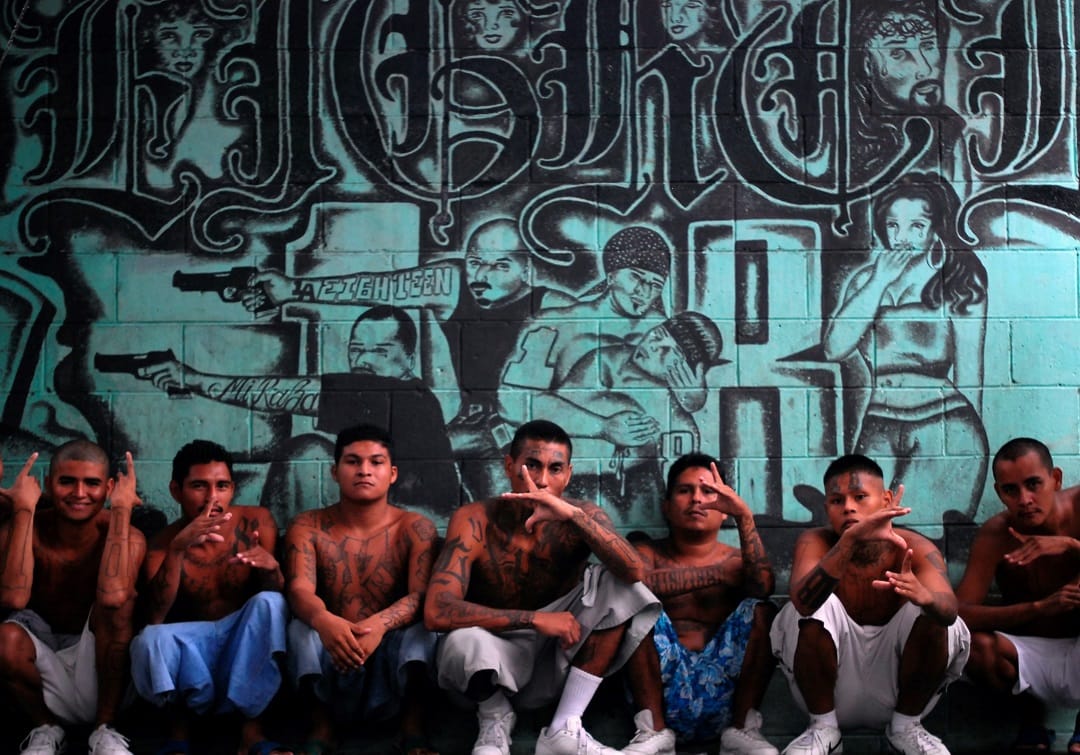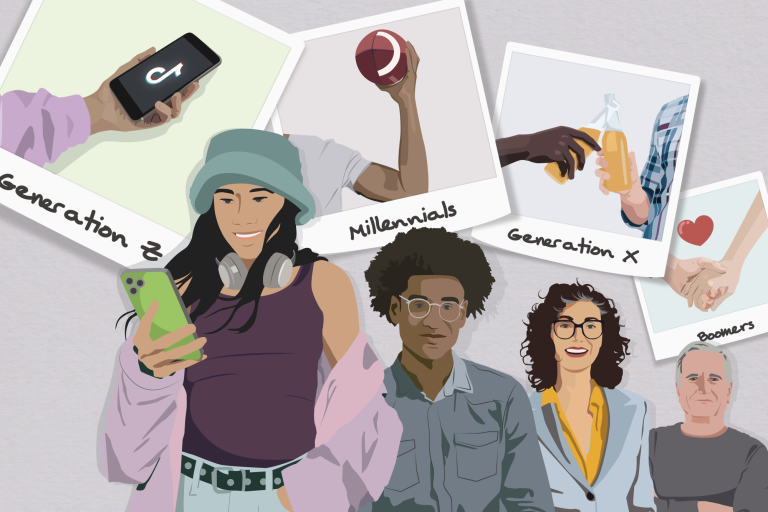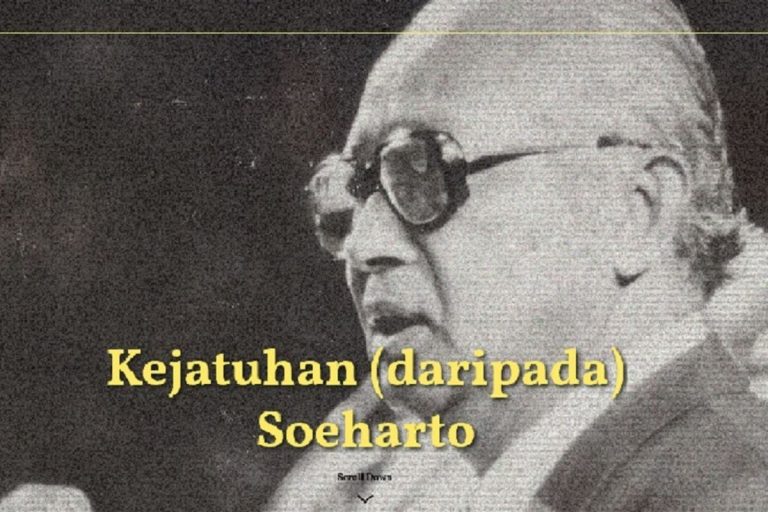oneli.org – Gang culture is a complex and multifaceted phenomenon that has evolved over decades, deeply rooted in the social, economic, and political landscapes of communities worldwide. At its core, gang culture is a means of establishing and maintaining identity, often in environments where traditional avenues of self-expression are limited. This article delves into the symbols, rituals, and language that are integral to gang culture, exploring how these elements contribute to the formation and perpetuation of gang identity.
Symbols of Gang Identity
Symbols are a universal language, and in the realm of gang culture, they serve as powerful markers of affiliation and status. These symbols can be overt, such as colors, hand signs, and tattoos, or more subtle, like specific clothing brands or styles. Each symbol carries a distinct meaning within the gang’s hierarchy and can signify rank, territory, or allegiance.
- Colors: Many gangs adopt specific colors as their emblem, with members wearing these colors to show solidarity and intimidate rivals.
- Hand Signs: Gangs often use hand gestures to communicate, both within their group and to signal to outsiders. These signs can indicate gang affiliation, disrespect to rivals, or even specific commands.
- Tattoos: Inked into the skin, tattoos are a permanent declaration of gang membership. They can depict gang names, symbols, or represent significant events or achievements within the gang.
Rituals: The Binding Force of Gang Life
Rituals play a crucial role in gang culture, providing a sense of belonging and reinforcing the group’s cohesion. These rituals can range from initiation ceremonies to regular meetings and celebrations. They are designed to instill loyalty, respect, and fear, both within the gang and in the broader community.
- Initiation: Joining a gang is often marked by a rigorous initiation process, which can include acts of violence, theft, or other criminal activities. This rite of passage is meant to test the new member’s commitment and willingness to adhere to the gang’s code.
- Meetings: Regular gatherings allow gang members to discuss business, settle disputes, and plan activities. These meetings are governed by strict protocols and are essential for maintaining order within the group.
- Celebrations: Gangs may celebrate significant events, such as the release of a member from prison or the success of a criminal enterprise. These celebrations strengthen bonds and reaffirm the gang’s identity.
Language: The Code of the Streets
Language is a critical component of gang culture, serving as both a tool for communication and a barrier to outsiders. Gangs develop their own dialects, slang, and codes, which are essential for maintaining secrecy and solidarity.
- Slang: Gang members often use slang that is incomprehensible to those outside the gang. This linguistic shorthand allows for quick and discreet communication.
- Codes: Gangs may use codes in their communications to avoid detection by law enforcement. These codes can be numerical, alphabetic, or a combination of both.
- Respect: Language in gang culture is heavily laden with notions of respect and disrespect. How something is said can be as important as what is said, and disrespect can lead to serious consequences.
Conclusion
Gang culture, with its intricate web of symbols, rituals, and language, is a testament to the human need for belonging and identity. While gangs are often associated with violence and crime, their cultural practices are a reflection of the complex social dynamics at play in marginalized communities. Understanding these elements is crucial for developing effective strategies to address gang-related issues and provide alternative pathways for individuals caught in the cycle of gang life.







